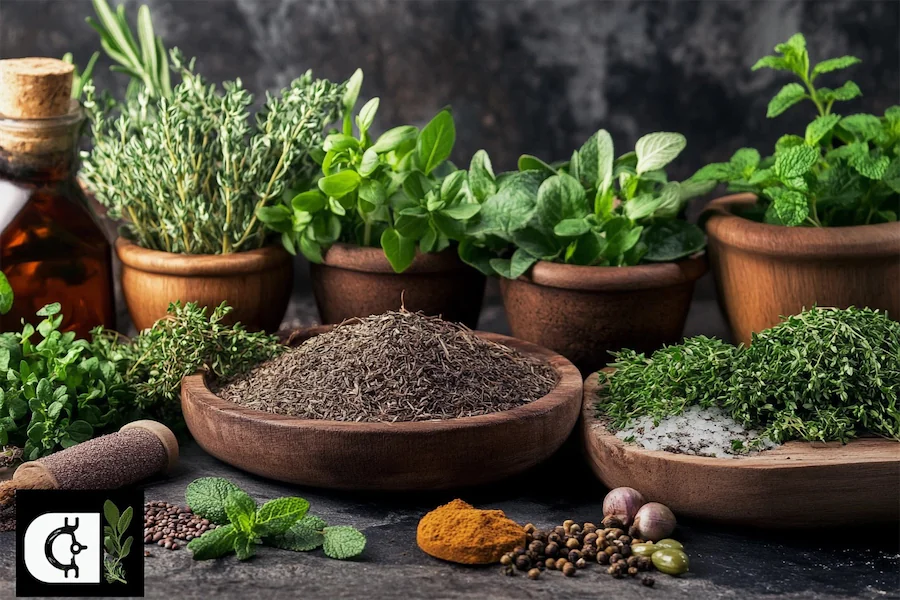An herb garden is a dedicated space for cultivating various herbs, valued for their culinary, medicinal, and aromatic properties. Growing your own herbs provides fresh flavors for cooking, natural remedies, and fragrant additions to your home.
History and Origins of Herb Gardens
Herb gardens have been integral to human history, dating back to ancient civilizations. In medieval Europe, monasteries maintained herb gardens for medicinal and culinary uses. The tradition continued into the Renaissance, with herb gardens becoming a staple in both private and public spaces, reflecting a blend of utility and aesthetics.
Key Features of Herb Gardens
Herb gardens can be customized to fit various spaces and preferences, but they often share common features:
- Diverse Plant Selection: Incorporating a variety of herbs, such as basil, rosemary, thyme, and mint, caters to different culinary and medicinal needs. Choosing a mix of annuals and perennials ensures a continuous supply throughout the growing season.
- Functional Design: Arranging herbs based on their growth habits and sunlight requirements optimizes space and plant health. For instance, taller herbs like dill and fennel can provide shade for more delicate plants.
- Accessibility: Positioning the herb garden near the kitchen or living areas encourages frequent use and easy maintenance. Raised beds or container gardens can be ideal for small spaces or urban settings.
Applications of Herb Gardens
Herb gardens serve multiple purposes:
- Culinary Uses: Fresh herbs enhance the flavor of dishes, offering a readily available supply for cooking. Growing your own ensures the herbs are free from pesticides and are as fresh as possible.
- Medicinal Benefits: Many herbs, such as chamomile and peppermint, have traditional uses in herbal remedies, providing natural options for health and wellness.
- Aesthetic Appeal: Herbs like lavender and sage add visual interest and pleasant aromas to gardens, contributing to a serene and inviting atmosphere.
Considerations When Creating an Herb Garden
When planning an herb garden, consider the following:
- Climate and Location: Most herbs thrive in full sun, requiring at least six hours of direct sunlight daily. Ensure the chosen location meets the light requirements of the specific herbs you plan to grow.
- Soil Quality: Herbs prefer well-draining soil with a neutral pH. Incorporating organic matter, such as compost, can improve soil fertility and structure.
- Watering Needs: While herbs like basil require consistent moisture, others like rosemary and thyme prefer drier conditions. Understanding the water needs of each herb prevents overwatering or underwatering.
- Maintenance: Regular pruning encourages bushier growth and prevents herbs from flowering prematurely, which can alter their flavor. Additionally, some herbs, like mint, can be invasive and may require containment strategies.
Conclusion
Establishing an herb garden is a rewarding endeavor that offers fresh, flavorful, and healthful benefits. By understanding the historical significance, key features, and practical considerations, you can create a thriving herb garden tailored to your needs and space, enriching your culinary experiences and enhancing your living environment.
